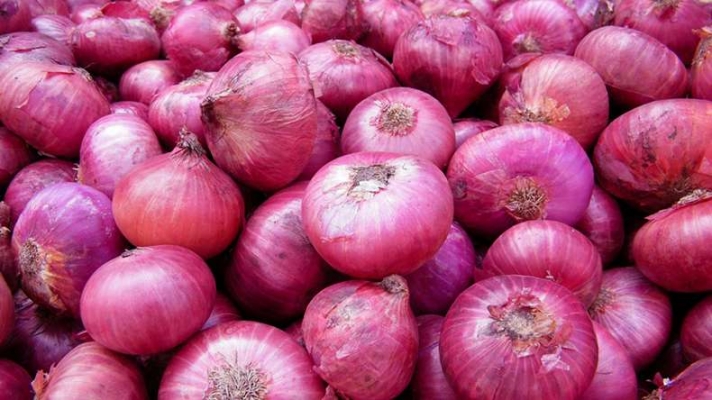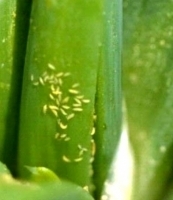Kalyanpur Red Round: Popular variety of Uttar Pradesh. Bulbs are brown color with globular shape. Plants are ready to harvest in 150-160days. Gives average yield of 8-10ton/acre.
Bhima Shakti: Suitable for growing in Kharif and Rabi season. Ready to harvest in 130days after transplanting, gives average yield of 170qtl/acre.
Arka Kalyan: Deep pink color bulb. Gives average yield of 135qtl/acre.
Pusa White Round: White, round, flat bulbs. Gives average yield of 120qtl/acre.
Pusa white flat: White, flat, medium to large size bulb. Suitable for dehydration.
Other states variety
Pusa Red: Medium size bulb with bronze color. It has good keeping quality. Gives average yield of 125-140days after transplantation. It gives average yield of 100-120qtl/acre.
Pusa Ratnar: Bulbs are globular flat with bronze deep red color. Gives average yield of 120-160qtl/acre.
Pusa Madhavi: Medium to large size bulb with light red color. Ready to harvest in 130-135days after transplanting. Gives average yield of 120qtl/acre.
Pusa Ridhi: Suitable for kharif as well rabi season. Bulbs are compact, flat globular with dark red color. Gives average yield of 120qtl/acre.
Arka Niketan: Globular bulb with attractive color. Ready to harvest in 145days.
Arka Bindu: Small size bulb with deep pink color. Early maturing variety suitable for export. Gives average yield of 100qtl/acre.
Banglore Rose: Small size bulb with uniform size. Gives average yield of 60qtl/acre.
Bhima Raj: Dark red, oval shape bulbs. Ready to harvest in 120-125days. Gives average yield of 100-120qtl/acre.
Bhima Red: Suitable for Late kharif also. Bulbs are attractive red color. Ready to harvest in 115-120days. Gives average yield of 190-210qtl/acre.
Bhima Super: Bulb are ready to harvest in 100-110days. Gives average yield of 105-115qtl/acre.














